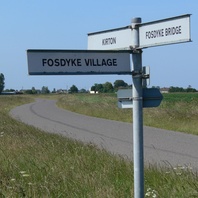
Viking Names
Fosdyke
Fosdyke, in the Kirton Wapentake of Lincolnshire, comes from the Old Norse male personal name Fótr and Old Norse element dík ‘a ditch, a water-channel’. The same personal name occurs in other place-names in Lincolnshire: Foston and Fotherby as well as possibly in Foston, Derbyshire.
Read More
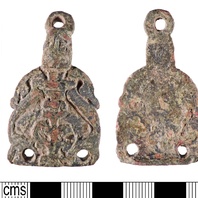
Viking Objects
Stirrup-Strap Mount (LIN-D274D5)
This Anglo-Scandinavian cast copper-alloy stirrup-strap mount is decorated with zoomorphic ornamentation. It has been classified as a William Class A Type 6 mount.
Read More
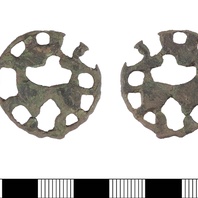
Viking Objects
Urnes-Style Mount (LIN-FA6943)
This copper-alloy mount features Urnes-style openwork decoration.
Read More

Viking Names
Southorpe
Southorpe, in the Corringham Wapentake of Lincolnshire, is recorded in Domesday Book as a simplex name from Old Norse þorp ‘a secondary settlement, a dependent outlying farmstead or hamlet’. The prefix was added later to distinguish it from Northorpe.
Read More

Viking Names
Walesby
Walesby, in the Bassetlaw Wapentake of Nottinghamshire, comes from the Old Norse male personal name and nickname Valr which denotes ‘hawk’ and the Old Norse element by ‘a farmstead, a village’.
Read More
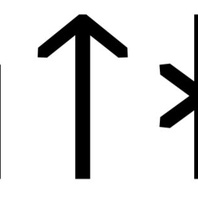
Viking Names
Frosthild
The postulated name Frosthildr may be an Anglo-Scandinavian formation as it is only attested in the minor place-name of Throstle Hill, West Yorkshire. It is an Old Norse compound formed from Frost- ‘frost’ and -hildr ‘battle’.
Read More
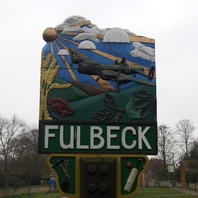
Viking Names
Fulbeck
Fulbeck, in the Loveden Wapentake of Lincolnshire, is an Anglo-Scandinavian hybrid formed from Old English fūl ‘foul, dirty’ and Old Norse bekkr ‘stream, a beck’, which likely replaced Old English broc, ‘brook’ based on earlier forms of the place-name.
Read More

Viking Names
Klypp
Klyppr was originally a byname and probably a mutated form related to klumpr ‘clump’. A number of instances are recorded in West Scandinavia from the eleventh century onwards. Klyppr is the first element in the place-names of Clipstone, Nottinghamshire and Clixby, Lincolnshire.
Read More

Viking Names
Hjalp
Hjalp was recorded in West Scandinavia by the time of the settlement of Iceland (c. 870-930) and is found in a Swedish place-name. The name was originally a byname from Old Norse hjǫlp ‘help’. It is also the first element of the place-name Helperby, North Yorkshire. In the twelfth century, one of Earl Rǫgnvaldr of Orkney’s ships was called Hjalp, an early example of giving ships female names.
Read More

Viking Names
Herrod
Herrøðr was thought to be the first element in the place-name Harby, Leicestershire. However, more recent scholarship indicates that the element is more likely formed from Old Norse hjọrð ‘herd’. Nevertheless, the name Herrøðr appears in various forms throughout medieval Scandinavia including on a Viking Age Gotlandic runic inscription. Also two individuals in Landnámabók ‘The Book of Settlements’ recounting the settlement of Iceland (c.870-930) are named Herrøðr.
Read More
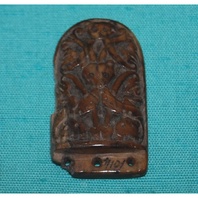
Viking Objects
Belt Terminal (L.A67.1864.3.0)
A belt terminal in an Anglo-Scandinavian zoomorphic style that was found in Leicester. It features two opposed ‘lions’, two central masks and acanthus scrolls. Strap ends or belt terminals came in various styles and were fairly common throughout the Viking world. They were used to decorate the ends of belts and to stop them getting damaged.
